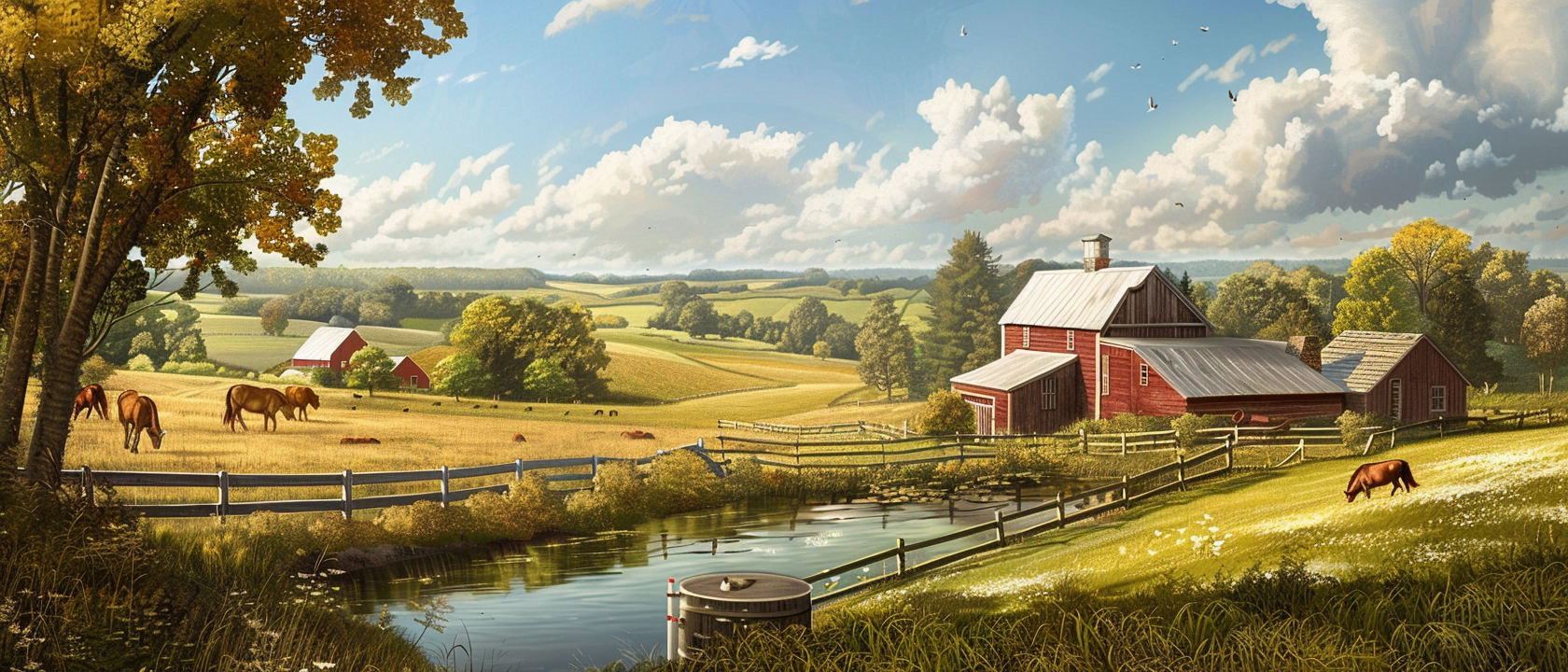

The American agricultural landscape is facing a crisis with the loss of 140,000 small farms in five years, a decline mirroring the rust belt's desolation.
As the American agricultural landscape withers under economic strain, a recent USDA report has painted a bleak picture for small farms across the nation. In a startling revelation, the number of farms in the United States has plummeted by 140,000 in just five years, marking a decline that echoes the desolation of the once-thriving rust belt. This trend translates to approximately 2,500 small farm closures each month, with farms earning under $150,000 annually seeing nearly a 10% drop, while their larger counterparts, those raking in over a million dollars, have expanded by an impressive 36%.
The catalysts behind this agricultural crisis are multifaceted. Rising operational costs, decreasing revenue, and stringent green mandates are converging to forecast a 25% crash in farm income this year. The projected income for America's roughly 2 million farms now stands at a mere $110 billion, averaging about $55,000 per farm—an income dwarfed by the revenue of corporate giants like Amazon.
The ironies are manifold; while advancements in seed and machinery technology have improved productivity and lowered consumer costs, they have done little to alleviate the financial burdens on farmers, who faced an additional $17 billion in expenses last year. Furthermore, green mandates are proving to be the proverbial straw that breaks the camel's back. The FDA has conceded that a single sustainability rule could annually cost a small farm $13,000—a staggering sum considering the current financial predicament.
Europe's farmers, facing similar regulatory pressures, have taken to blockading cities in protest—a clear sign of the widespread discontent among the agricultural community. The decline of American farming is not a novel phenomenon; since 1950, the nation has lost nearly 4 million farms and a quarter of its cultivated acres, an area comparable to the size of Texas. This agricultural exodus mirrors the rust belt collapse, both victims of government policies that have hollowed out vast regions, leaving ghost towns in their wake.
The implications extend beyond farming to all small businesses, from family restaurants to corner stores, struggling to navigate a sea of regulations that chain stores can absorb with relative ease. The National Association of Manufacturers has found that federal regulations cost small manufacturers more than double per employee compared to large firms, effectively stifling the family-owned business sector.
As the government's grip tightens, the survival of small businesses, and the communities they support, hangs in the balance.